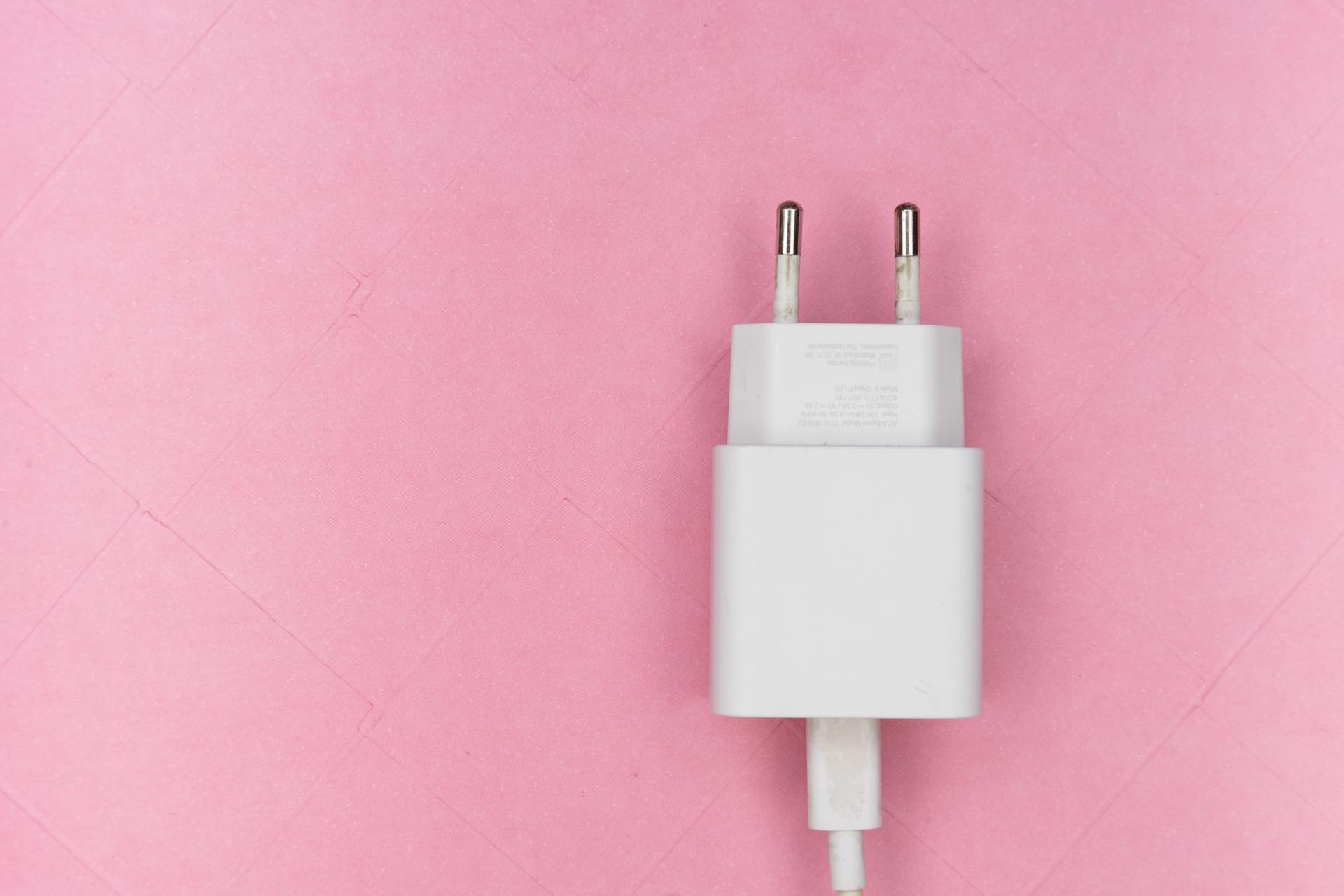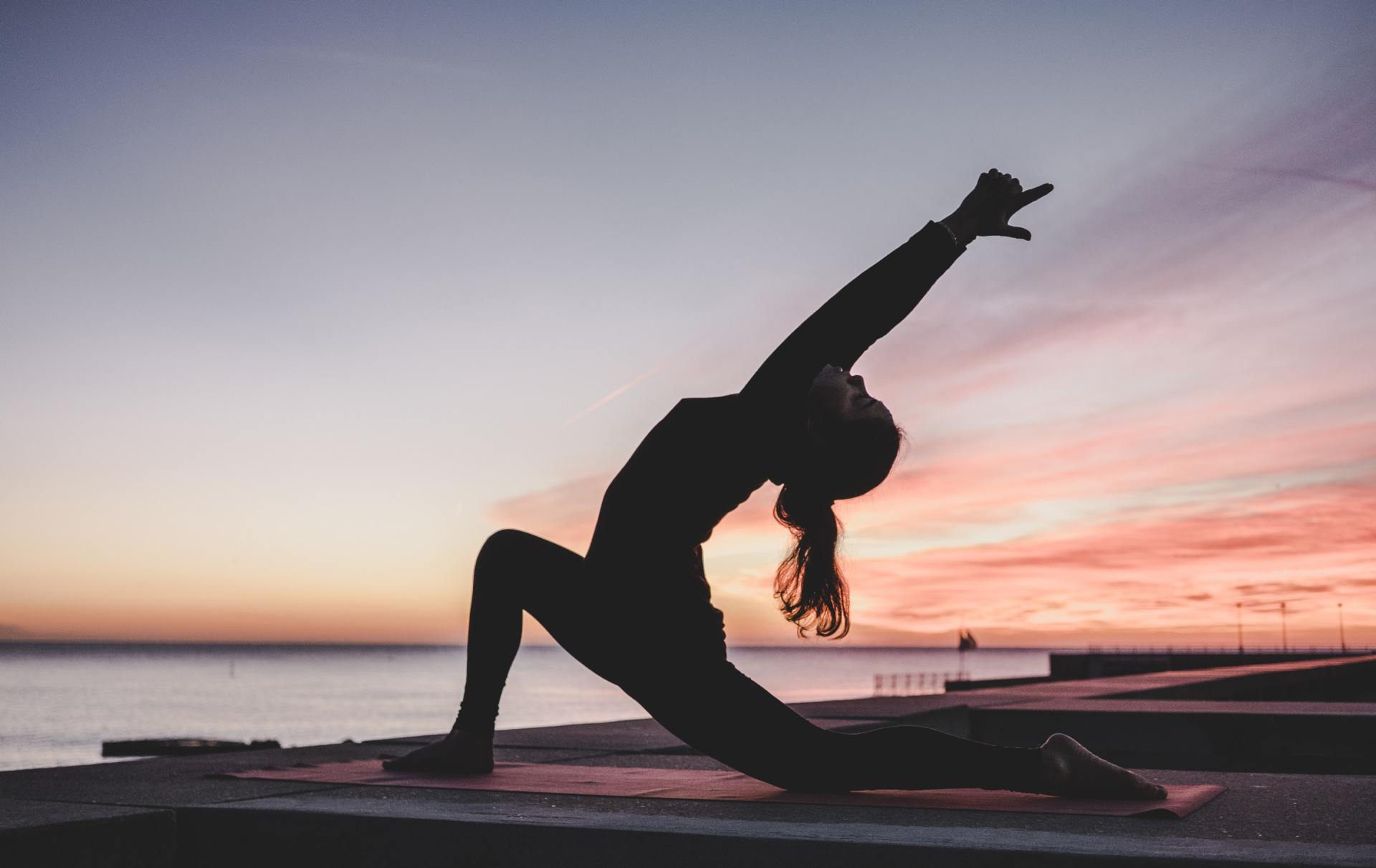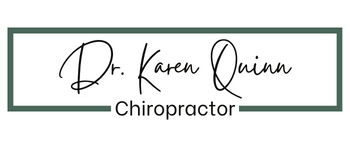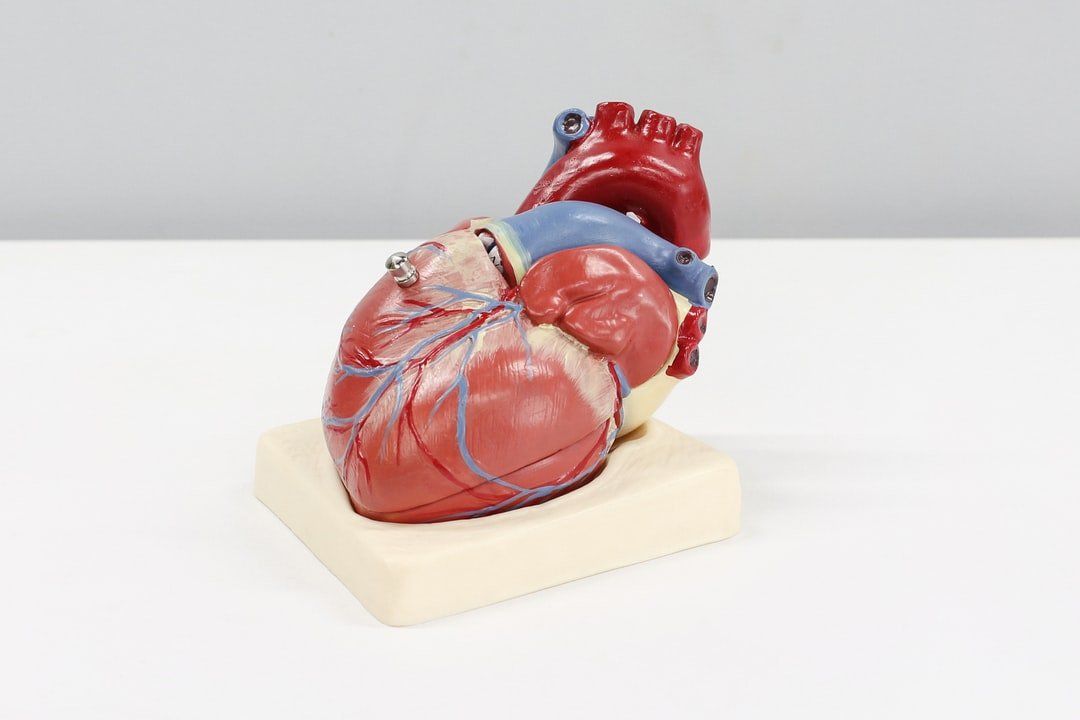Just Breathe
“ Breath is the bridge which connects life to consciousness, which unites your body to your thoughts. ”
Breathing. One of those essential functions that keeps us alive. An automatic response, that can change with heightened stress or relaxation, and one that can be affected voluntarily to some degree. The nature of our breath can tell us a lot about our overall state of stress. Just as our state of mind can affect our breathing patterns, we can consciously focus on
our breath to affect our state of mind. When the diaphragm- the primary breathing muscle- is activated, the parasympathetic nervous system is also affected. This is the portion of the nervous system responsible for calming and slowing processes down, also known as "rest and digest".
Using the breath as a tool for wellness has benefits beyond those listed above. It also is a large focus in yoga and meditation for its ability to create a sense of grounding, teach presence, allows motion throughout the often restricted rib cage, increases oxygen intake and can be used to energize or relax the body and the mind depending on how it is used.
There are a number of breathing techniques that can be effective and helpful. I have shared four below. One of the best things about breath work, is that you can really do it anywhere. It does not require any equipment and can be done in a short period of time. To get the most out of it however, it is recommended that you find a comfortable seat in a quiet space to minimize distractions. It is assumed that all techniques will be performed using a "belly breath", meaning upon the inhale the "belly" will expand with the chest (versus just noticing a lifting of the shoulders with minimal rib mobility) and will contract when the breath is exhaled. This can come with practice so observe your breathing patterns but don't overthink it.
1. Counting your breaths
Sit in a relaxed position. This can also be done laying down, particularly if you are trying to relax before going to sleep. Begin by observing how long it takes to inhale and exhale. If you are feeling lethargic and needing some energy, try to elongate your inhales comparedto your exhales. For example, if you were inhaling for 4 seconds and exhaling for 4 seconds, inhale for 5 seconds and exhale for 4 seconds. Ensure in doing this that you do not quicken the rate of your breath. If you are needing to stress or reduce neck and shoulder tension, aim to lengthen the exhale. The inhale should come naturally and passively.
2. Box Breathing
This is a great focused breath to calm the mind and body to prepare for sleep. You can incorporate the concepts listed in the first technique with this as well...the difference is between the breaths. Begin with a count of four. Inhale for 4 sec, hold for 4 sec, exhale for 4 sec, hold 4 sec and repeat. Once you get the hang of the pattern, you can lengthen the inhales or exhales accordingly.
3. Segment Breathing
This breath focuses on filling your lungs as if they were composed of three separate chambers. Begin by sitting calmly and observing your breath. Without forcing it, aim to have your inhales equal your exhales in length. Once you are breathing in a relaxed manner you can begin by inhaling into the bottom 1/3 of your lungs and pause. Inhale into the middle 1/3 of your lungs, and pause. Continue your inhale until your lungs are full, pause, and exhale completely in one full breath. Repeat this pattern 3-4 times. If you feel lightheaded in any way return to a normal breath pattern. Once the inhale cycle is complete you will do the same upon exhale. Take a full inhale, then exhale 1/3 of your air, pause. Exhale another 1/3 of your air, pause, and exhale completely. Inhale in one full breath and repeat 3-4 times. Once the exhale pattern has been completed you can return to your normal breathing pattern, or for further focus, you can repeat 3-4 times using the inhale and exhale patterns in combination.
4. Alternate Nostril Breathing
This technique alternates air flow through your nasal passages. Before beginning, you may want to blow your nose :) or at least have tissues nearby. For this technique, you will sit tall and comfortably. Take one hand and place it so your thumb is adjacent to one nostril and your pinky finger is adjacent to the other. Your remaining fingers can either rest on your brow, or tuck into your palm. On the inhale you press your thumb, closing airflow to one nostril as you inhale through the other. Before exhaling, you will release your thumb and use your pinky to close the nostril you just inhaled through. You will keep this placement intact and inhale through the same nostril you just exhaled through. Airflow alternates with each exhale. Continue for 8-10 rounds.
Hopefully this gives a glimpse into different breathing techniques that can help calm your mind, body and cultivate presence.




Newsletter Sign-up
You have signed up for Dr. Quinn's monthly newsletter!
Please try again later.






